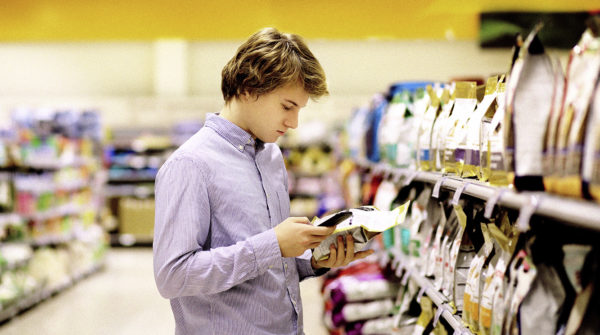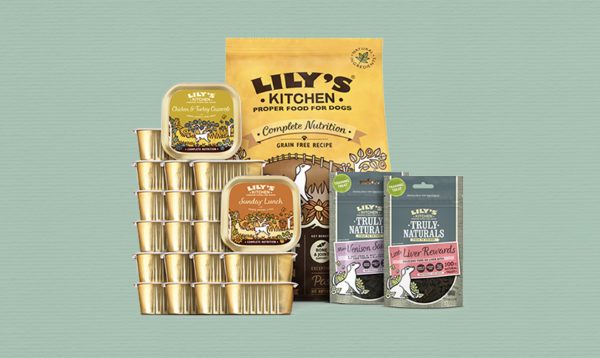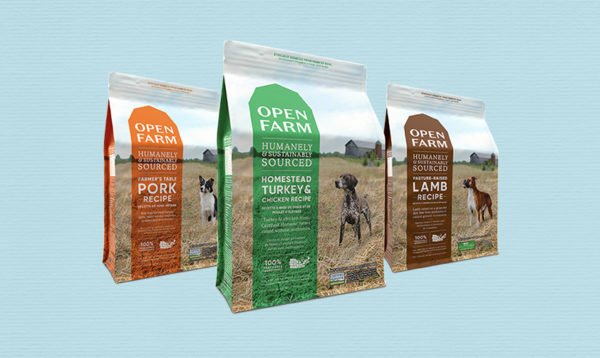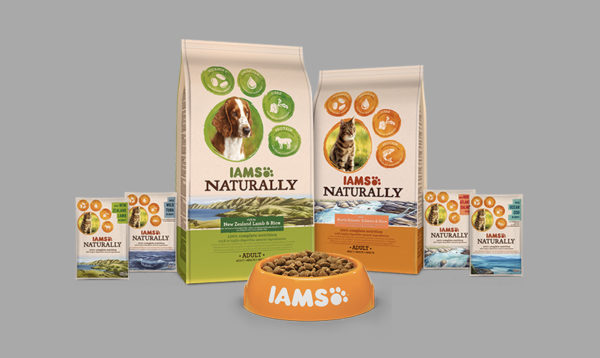
30th MAY 2019

CHALLENGES OF A FRAGMENTED MARKET
Any customer browsing the pet food aisle at their local supermarket will more than likely see a lot of familiar names. The big brands continue to dominate, and while niche brands are gradually making their way into the supermarkets, they’re still dwarfed by pet food giants like Mars and Purina.
At the same time, the market is fragmenting with smaller niche players appearing all the time. Many brands have expanded their ranges, making the pet food aisle harder to navigate for the customer. Shoppers are also becoming more demanding in their choices for their pets who, according to a survey by Harris Poll are now seen as part of the family by 95% of pet owners. As a result, owners are prepared to pay more for premium products that deliver perceivable benefits.
Faced with a crowded and fragmented market, you’d expect brands to be doing everything in their power to connect with high demanding purchasers and stay in the game. But a quick glance at the shelves reveals a surprising lack of innovation when it comes to mainstream pet food packaging. Those that could once be credibly described as “beacon brands” – category definers to which others look for inspiration – have lost their boldness and confidence, falling back on tired clichés instead of the emotional equity and visual identities that got them where they are.
The bigger brands need to work harder to maintain and grow their positions. They need to behave more like the brands they once were, using their visual identities confidently to signal and stand out, in a tone of voice that makes an emotional connection with the shopper.
So with that in mind, how can pet food brands use their visual identities to help shoppers navigate the choices on offer and create a meaningful connection? To help answer this, it’s useful to take a look at which brands are hitting the spot and truly connecting with purchasers, as well as those who have lost their way.
BIG BRANDS HAVE LOST THEIR WAY
Thanks to the internet and social media, customers are becoming more informed and sophisticated than ever before when it comes to their pet food choices. In spite of all this, there remain three overriding factors that influence purchase above all others; price, habit and years of trust, but as market share is slowly eroded for the larger brands, it’s hard to know how long this will last.
It’s here that some of the category’s traditional big hitters have lost their way, choosing to coast by on a mixture of the above factors, alongside some stale imagery and uninspired design. IAMS is one example of a brand which burst onto the scene with a fresh look and plenty of confidence, but over the years has cribbed visuals from more “scientific” brands and arrived at a look and feel that has lost some of the brand’s early differentiation.
Pedigree is another example of a brand that once had its own strong set of distinctive assets. But for modern consumers, it’s worth considering whether dog owners (award-winning or not) would buy into the semiotics of the brand’s signature rosette when they choose their dog food.
Whiskas offers up a similarly outdated and formulaic approach to branding consisting of the logo, an image and colour to identify the product. The colour blocking works in signifying the brand in the supermarket but overall the visuals fail to connect on an emotional level with consumers who’ve come to expect more from brands.

Lily’s Kitchen is a smaller brand that has struck the right balance in its visual language. Lily’s has successfully positioned itself as the Ella’s Kitchen of the pet food aisle thanks to simple, emotive messaging that customers can easily relate to. The design projects a sense of caring alongside clean and simple claims and plenty of warmth and heart. The hand-drawn, nature-inspired imagery reflects the health claims, with animal illustrations that don’t overpower the rest of the design while making it clear which member of the family the product is for.
CRAVE takes a different approach, eschewing the typical pet imagery for something far more predatory. The bold, darker brand colours and powerful eye assets practically leap off the shelf while the hierarchy of information makes navigation easy for prospective buyers. To cap it all off, there’s a great name and a strapline – “satisfy their nature” – that speaks directly to the product’s USP. It’s a brand with a strong positioning, employing their distinctive assets well. On the surface doing everything right but lacking in emotional equity. It won’t speak to everyone, but can carve out a niche and make a connection with a certain type of owner who sees their pets in a more dynamic way.
CLEAR CLAIMS FOR CONFIDENCE
There are a plethora of claims adorning the packaging of most pet food products at present. Whether it’s claims of being grain free, sustainable, no cereal, grass-fed, raw or hypoallergenic, as pet owners become more discerning and concerned with the wellbeing of their pets, brands have risen to meet their sometimes hyper-specific needs.
For instance, after years of organic claims in the grocery aisles, it’s probably worth asking whether pet owners are sceptical of the “natural” tag and the repetitive visuals that go along with it. Natural can inform the core positioning for a brand, but it needs to be backed up by a strong purpose, focus and idea to offer a clear motivator for purchase and reason to buy. Yora is a new brand whose positioning is all around sustainability – the product is insect-based and the tagline “for dogs and the planet” is clear and motivating for a certain type of pet owner.
The recent redesign of Butchers also raises some interesting points. The brand has repositioned itself as ‘ naturally nourishing food for dogs’ – a great space to occupy given health and wellness trends in the category. The new design certainly looks premium and aspirational and clichéd photos of dogs running in fields have given way to tasteful illustrations. But was there a missed opportunity to leverage one of the brand’s key distinctive visual assets ( the Blue and white Butcher’s apron stripes) in a modern and compelling way?


These brands would do well to look to other brands who do “natural” the right way; like Forthglade, with emotive visuals, clear claims and balanced design; and US brand Open Farm, whose “from the farm” messaging is a quick and easy shorthand for free-range health. These brands use their natural claims to create an instant connection with purchasers looking for reassurance in the pet food aisle.
It’s important to make sure shoppers aren’t flooded with claims on pet food packaging, particularly as the pack could well be their first impression of a brand or product. It’s best to stick to one or two key messages and save further claims or benefits for the back of pack or the website. Pet owners who have specific requirements will research brands thoroughly, so there’s little need to cram packaging with bullet points.
The right assets and visuals can make all the difference, but not every brand gets this right. IAMS, Purina and Harringtons, for instance, stumble when they play at naturalness, with colour schemes that look like a throwback to the organic grocery trend of the early 2000s. A glance at similar natural products on shop shelves shows how easy it is to fade into the background with earthy tones and muted greens.
THE NEED TO CONNECT
As many of the bigger players rest on their laurels, there’s a real opportunity for savvy brands to connect with customers through stronger identities and packaging design. Pet food brands can’t afford to rely on loyalty for much longer, and brands that fail to connect will inevitably lose ground. In order to engage customers with new innovations and keep pace with the market leaders, it’s vital that pet food brands create an identity that speaks directly to consumers, giving them the information they need while forging a lasting connection.
Take a look at your brand and ask yourself if it is making an authentic, long-lasting impact? If things aren’t working out as they should be, then your challenge sounds familiar to us. And we can help.
If you would like to talk about the challenges you’re facing, we’d love to share our experience in pet food (and other sectors) where we have used our insight and intuition to build deeper and more meaningful connections between brands and their consumers.